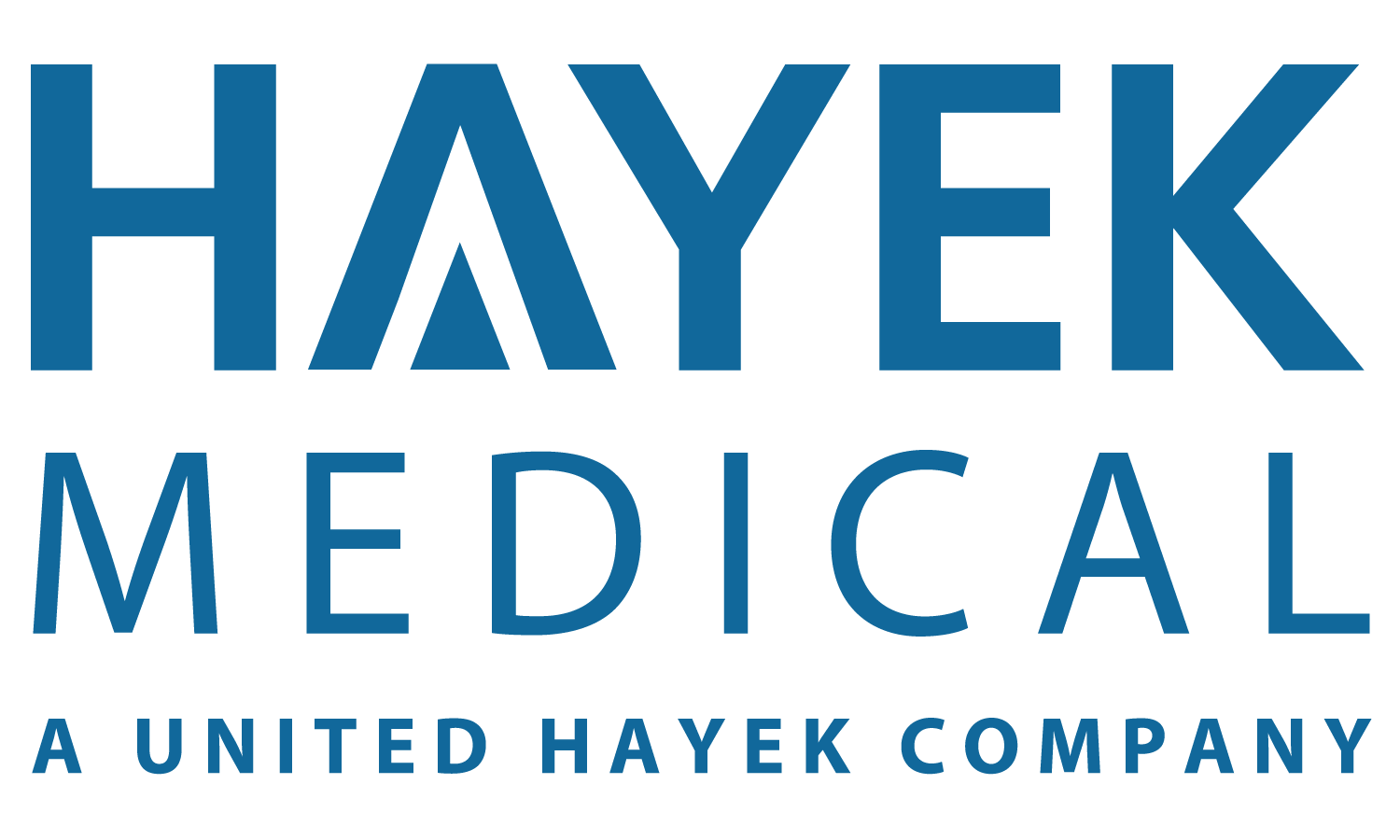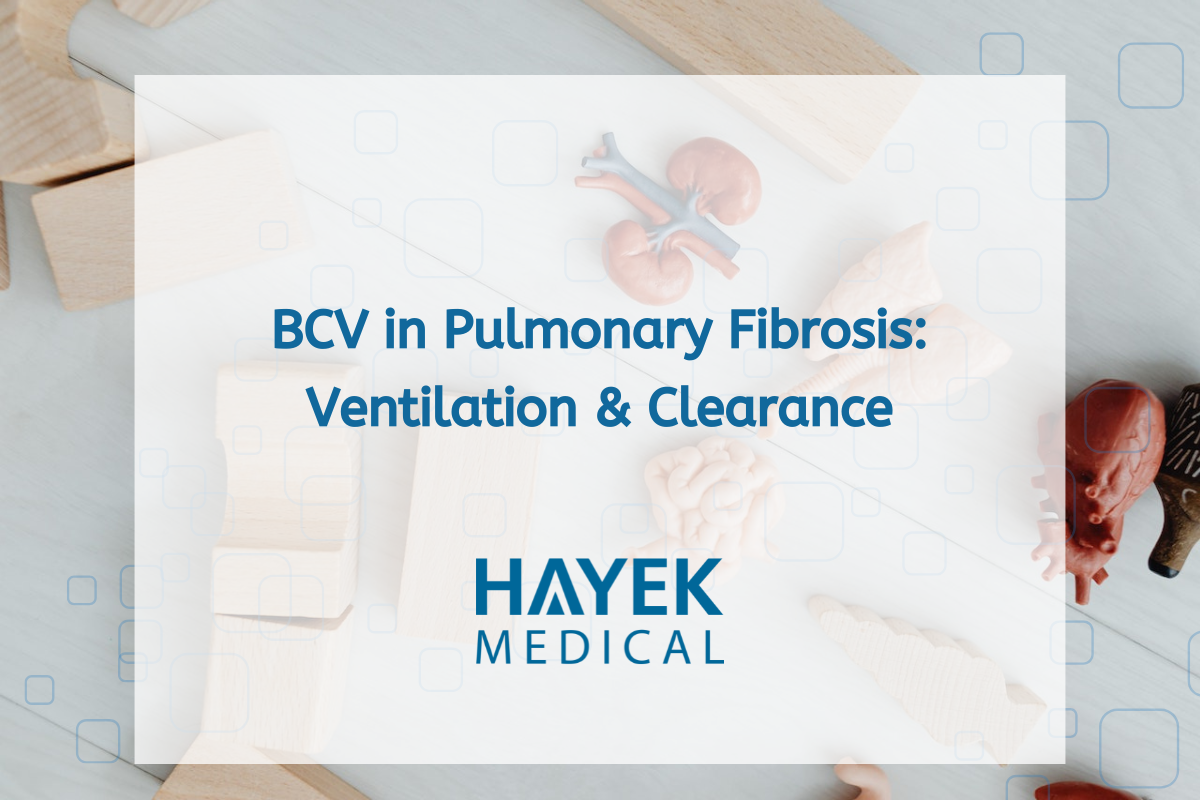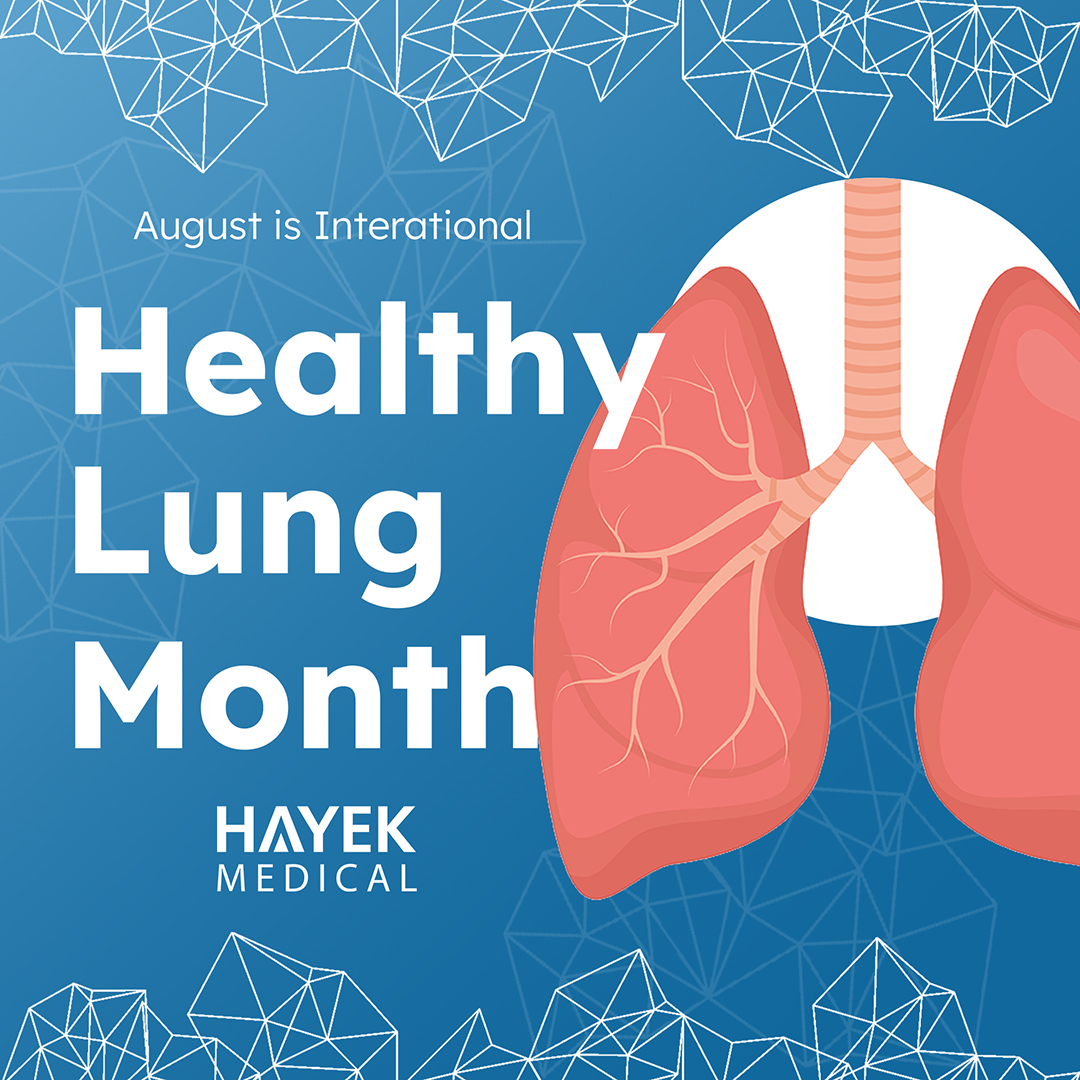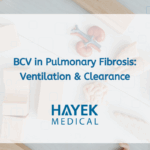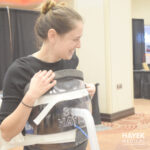
Understanding Ventilation for Neuromuscular Disorders
Ventilation for Neuromuscular disorders encompass treatment for a wide array of disorders that impair the functioning of muscles due to direct muscle pathology or secondary to nerve impairment. Patients with these conditions often experience respiratory muscle weakness, leading to hypoventilation, decreased cough effectiveness, and chronic respiratory failure.
Non-invasive ventilation (NIV) has become a cornerstone in managing these respiratory complications, especially when administered at home. Patients who integrate a high-frequency chest wall oscillator (HFCWO) as supportive therapy for enhancing recruitment before and after NIV can further optimize respiratory outcomes.
In some cases, a mask interface is used to create a seal to push air into the lungs without the need for endotracheal intubation. In the case of Biphasic Cuirass Ventilation (BCV), ventilatory support is provided through a chest cuirass designed to utilize pressure to mimic regular breathing. Regardless of interface, The primary goals of NIV are to reduce the work of breathing, improve gas exchange, and enhance sleep quality, ultimately leading to better overall health outcomes.
Benefits of Home-Based NIV (BCV) for Neuromuscular Patients
1. Improved Gas Exchange and Reduced Hypoventilation by using BCV
Neuromuscular diseases like Amyotrophic Lateral Sclerosis (ALS) and Duchenne Muscular Dystrophy (DMD) lead to progressive respiratory muscle weakness, culminating in alveolar hypoventilation and hypercapnia. Home-based NIV helps maintain adequate ventilation during sleep and with periods of muscle fatigue, significantly improving arterial blood gases. Studies have demonstrated a reduction in daytime hypercapnia and nocturnal desaturation with the use of home NIV. This will contribute to an improvement in patient comfort and quality of life.
2. Enhanced Quality of Life and Sleep
Sleep-disordered breathing is common among neuromuscular patients due to nocturnal hypoventilation. NIV (BCV) has been shown to improve sleep quality by reducing apneas and hypopneas, leading to fewer awakenings and more restful sleep. This improvement in sleep quality translates to better daytime functioning and reduced fatigue, significantly enhancing the patient’s quality of life.
3. Prolonged Survival and Reduced Hospitalizations
Long-term use of NIV(BCV) in home settings has been associated with prolonged survival in neuromuscular patients. For example, studies on ALS patients have shown that NIV can extend life expectancy by months to years. Additionally, the effective management of chronic respiratory failure with NIV reduces the frequency and severity of acute exacerbations, leading to fewer hospital admissions and lower healthcare costs.
4. Patient Autonomy and Comfort
Home-based NIV allows patients to remain in their familiar environment, promoting greater autonomy and comfort. This setting is important for patients with progressive neuromuscular diseases, who may experience anxiety and stress with frequent hospital visits and or pneumonia which is a leading cause of death and sepsis. NIV (BCV) at home ensures continuous and convenient respiratory support tailored to the patient’s daily routines.
High-Frequency Chest Wall Oscillation (HFCWO) and NIV
High-frequency chest Wall Oscillation (HFCWO) is a therapy that involves the usage of a chest cuirass connected to the Hayek multi-function device the generated waveform creates oscillations in the chest and internal lung fields. This therapy aids with mucus clearance and improves lung function, which is particularly beneficial for patients with neuromuscular diseases who struggle with ineffective cough and mucus retention.
Pre and Post-Recruitment Strategies with HFCWO
Recruitment maneuvers are techniques used to open up collapsed lung areas (atelectasis) and improve lung volume. Using Continuous negative pressure then HFCWO before and after NIV sessions can optimize these recruitment strategies, enhancing the overall effectiveness of NIV, only Hayek BCV can facilitate, recruiting, HFCWO, and NIV in a single device.
Evidence from Studies
Research studies have demonstrated the synergistic effects of HFCWO and NIV in neuromuscular patients. A study published in the *American Journal of Respiratory and Critical Care Medicine* investigated the benefits of combining HFCWO with NIV in patients with Duchenne Muscular Dystrophy. The results indicated significant improvements in lung volumes and reduced respiratory morbidity when HFCWO was used as an adjunct to NIV.
Another study in *Chest* journal evaluated the use of HFCWO in ALS patients using NIV. The findings suggested that patients who received regular HFCWO therapy had better mucus clearance, fewer pulmonary infections, and enhanced overall respiratory function compared to those who did not receive HFCWO.
Regular monitoring and follow-up are vital to assess the efficacy of home-based NIV and HFCWO. This includes routine check-ups with healthcare providers, monitoring of blood gases, sleep studies, and lung function tests. A study published in Respiratory Care in June 2022 showed that Respiratory therapy follow-up ( like that of Hayek Medical) proved highly effective as < 15% of patients returned to the hospital within 90 days of discharge and follow-up, while patients discharged without respiratory therapy follow up was > 40% returned to the hospital. Follow-up and early intervention were cited as the greatest reasons for the low readmission rates.
